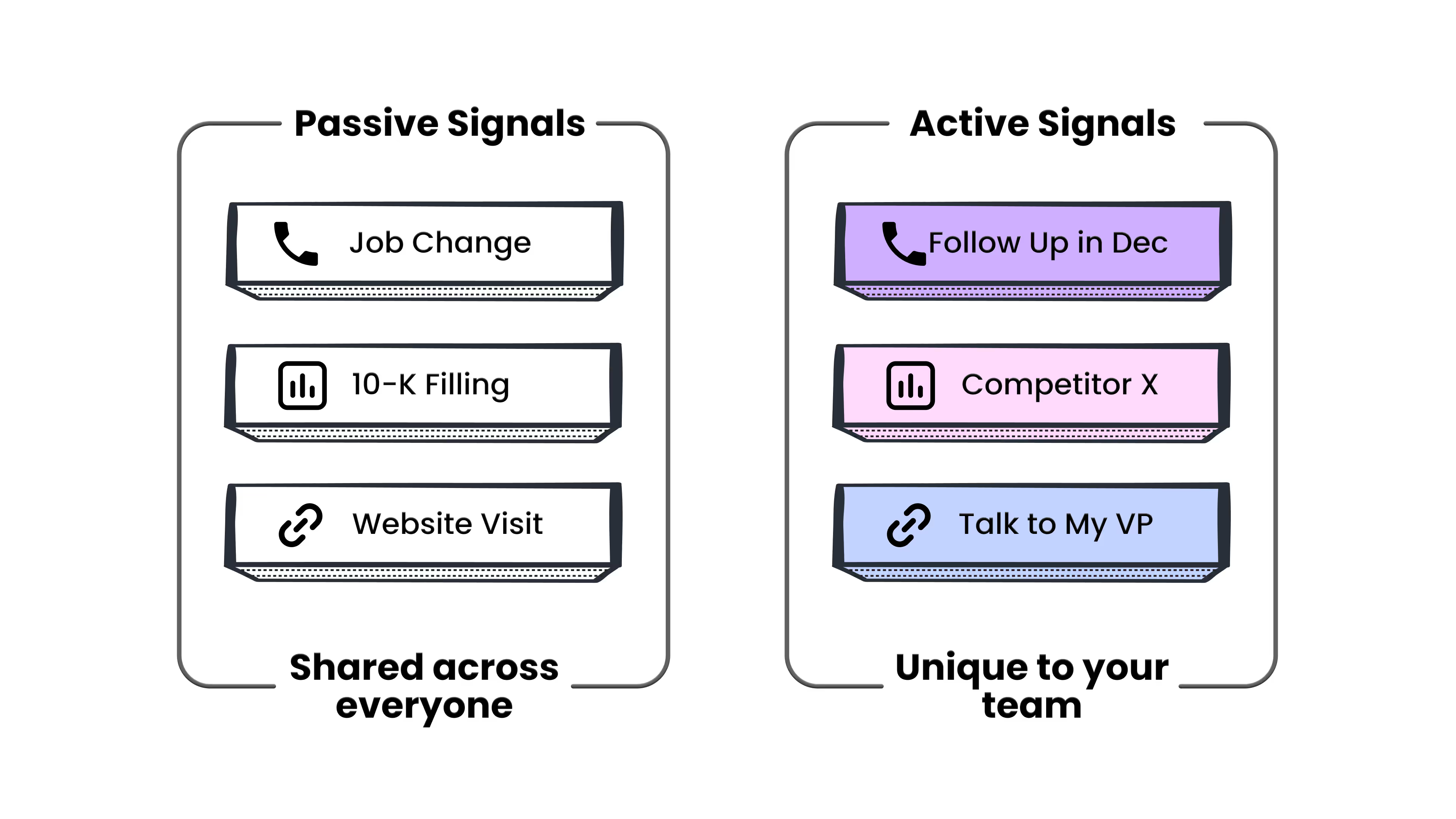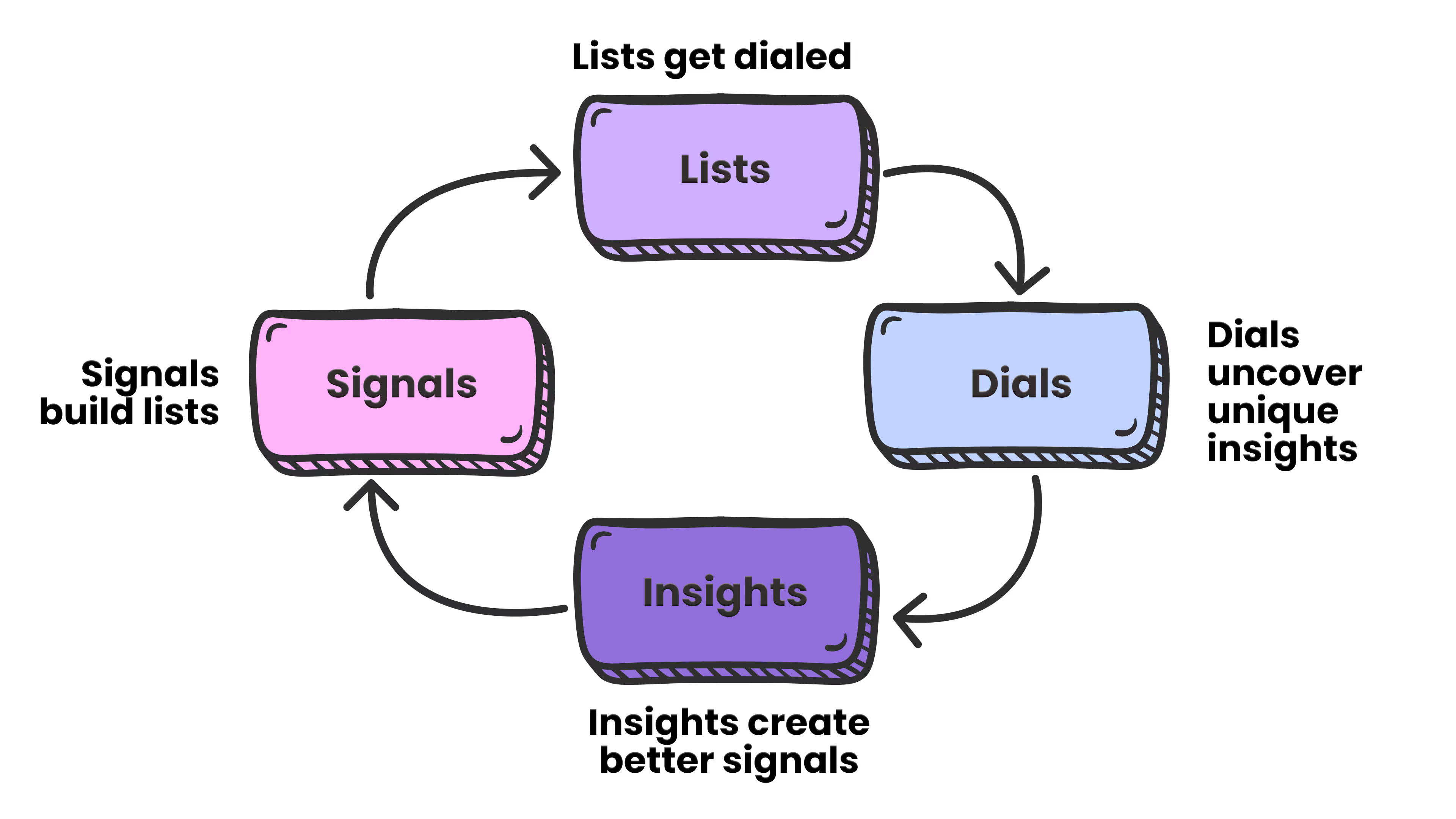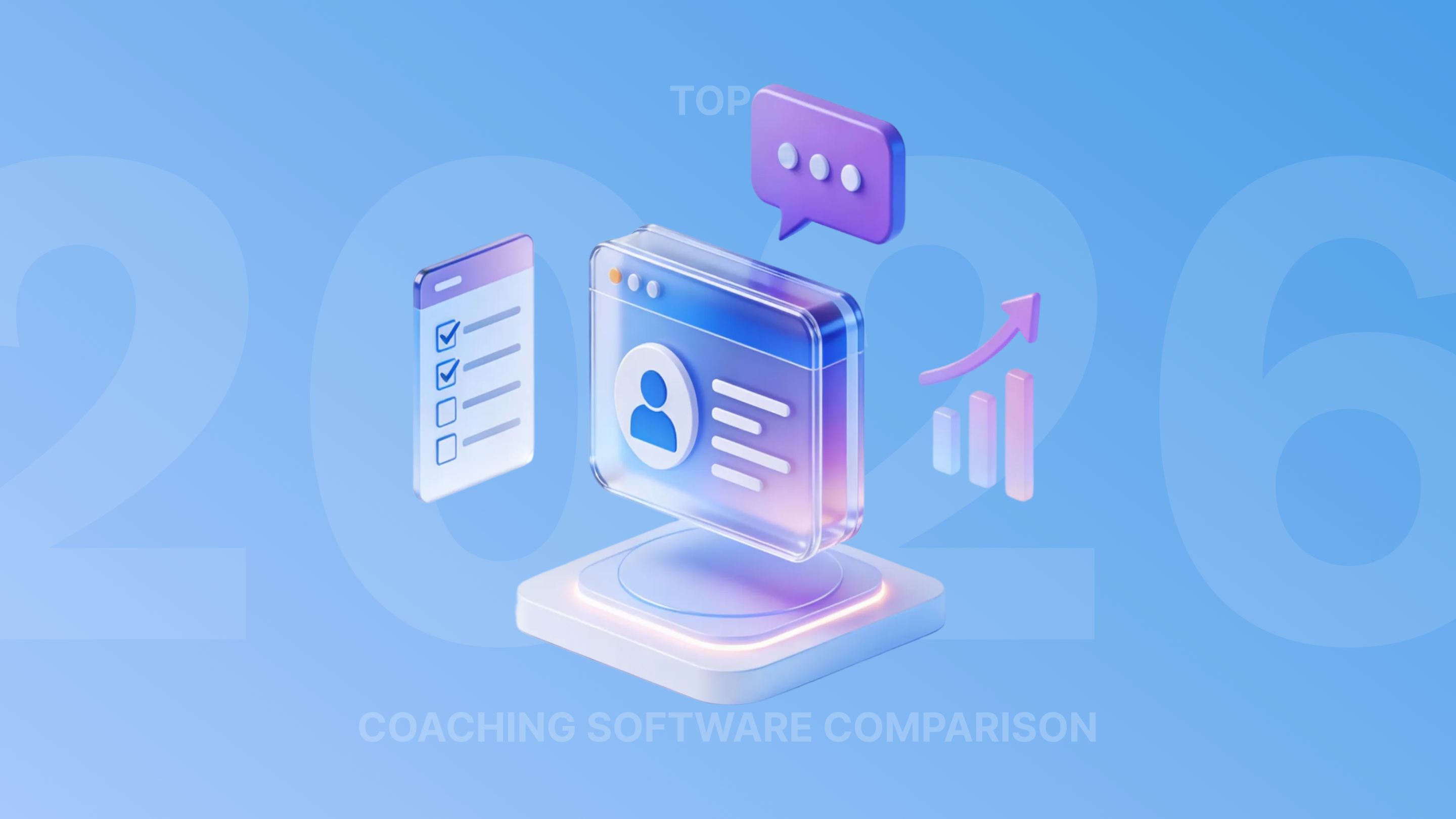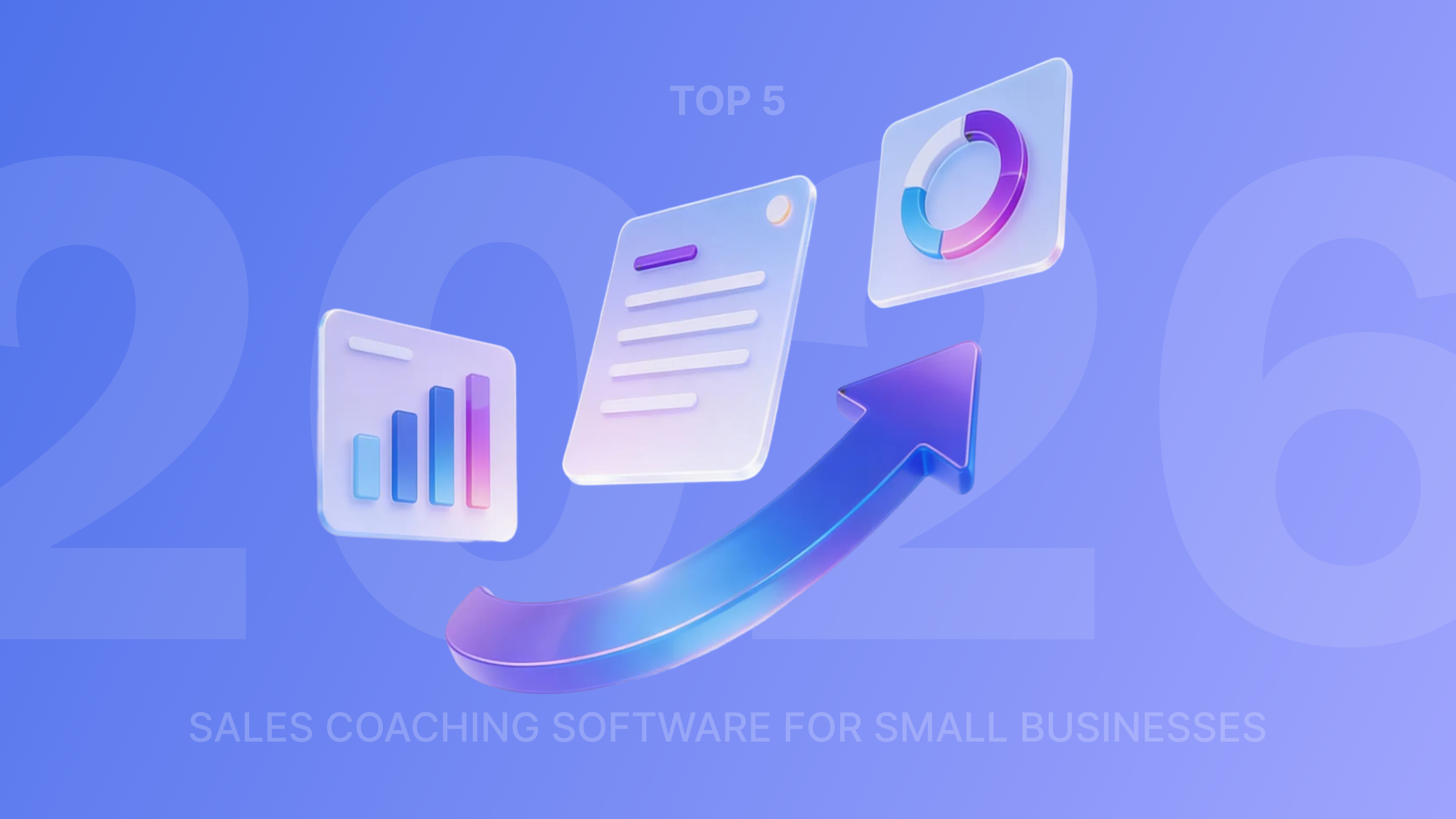How to Generate Your Own Signals to Create an Outbound Engine

The Activity Layer: Where the Intelligence Starts
A rep makes a cold call – the prospect mentions they’re using a competitor.
An email gets a reply – the contact says to reach back out in Q4.
A LinkedIn message leads to a click, a meeting, or even just a “not now.”
Each of these moments might seem small, but together, they form a rich stream of signals. Signals that tell you who’s in market, what matters to them, and when to reach out. Signals that only your team can generate.
But here’s the problem: most teams aren’t using that intelligence. They’re sitting on a goldmine of signals without a system to turn it into action.
Creating Signals: The Key to Valuable Intelligence
A signal in sales is any piece of data or insight that indicates a prospect's behavior, interest, or intent. Signals help sales teams understand when and why a prospect might be ready to engage, buy, or need follow-up. By tracking these signals, reps can prioritize their outreach, tailor their messaging, and focus on the right opportunities, making their efforts more targeted and effective. Signals are the key building blocks that drive intelligence and guide your next step.
Signals will vary from business to business. Every organization prioritizes different factors – some might focus on mergers and acquisitions, others on closed-lost opportunities, or even on competitor contract renewals – depending on what works for them.
Why Third-Party Signals Aren’t Enough

You could wait for "Passive" signals from your audience. Signals that others have. Valuable, yes. Differentiated, no.
Third-party signals – the kind of data you get from outside sources – can be helpful, but they’re often too broad. They don’t give you the full picture of your specific prospects or market. If you rely only on external signals, you risk making decisions based on generic insights that don’t really connect with your audience’s true needs or behavior.
Certain third-party signals, like job changes or company 10-k reports are useful and want to be taken into account, but remember that everyone has access to this type of data. You need something more specific to help your message stand out.
How Outbound Teams Can Generate Signals Themselves
Or you can focus on "Active" signals. Signals that your team stirs up via outbound.
The signals you get from calling are actually really valuable. Outbound teams, in particular, have the unique advantage of being able to generate their own signals. By reaching out to prospects directly, they’re creating the very data needed to fuel intelligence.
And the signals they can generate are the richest of them all. Call transcripts, for example, are full of keywords like “follow-up in December” or “contact my VP” or “we’re using your competitor.” Generating your own signals means you’re not just waiting for insights to come to you – you’re actively shaping them.
Signals as a KPI: Measuring Success
One way to measure how well your team is doing at generating valuable insights is by looking at how many signals they’ve created. The more signals your team generates, the better the understanding you have of customer intent and behavior. It’s a simple but powerful way to track progress and ensure you’re collecting meaningful data. This also helps you stay strategic as you increase your volume and avoid spraying and praying.
How Modern Health Actions Intelligence
Modern Health is the perfect example of how integrating both action and intelligence layers can drive success. Their SDR team was driving efficiency on the phones with Nooks’ AI Dialer, but still faced a common challenge: too much time spent on manual research and list-building.
That’s when they added Nooks’ AI Prospector to their workflow. The AI tool automated the research and list-building process, surfacing high-priority accounts based on CRM data, intent signals, and past engagement.
With this intelligence in hand, reps no longer had to waste time guessing who to reach out to. Instead, they were armed with clear, actionable insights on which accounts were most likely to convert and why. Most importantly, they get to actually take advantage of the intelligence. It’s served up to them right where they need it, where they take action – in the dialer.
The results speak for themselves. Modern Health saw a 50% increase in meetings booked and now sources 60% of their outbound pipeline through AI-driven prospecting. By allowing the action and intelligence layers to work seamlessly together, the SDR team was able to focus on what mattered most – engaging with high-quality prospects and having meaningful conversations.
What Makes Nooks Different

This isn’t just a slightly better way to do outbound – it’s an entirely different way to build a pipeline.
Unlike others that stop at surface-level signals or focus only on research, Nooks combines two of the most powerful ingredients for pipeline generation: real-time, high-intent signals and the most effective action channel in outbound – calling.
No one else is connecting intelligence and action like this. Nooks doesn’t just surface insights – it delivers them straight into the dialer, where reps are already taking action. That means they can move immediately from insight to impact.
And it’s already proven to drive more meetings, more pipeline, and more revenue.







